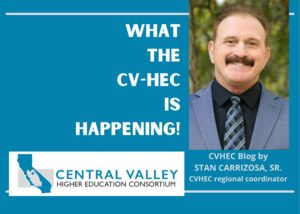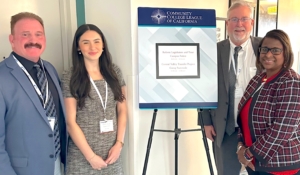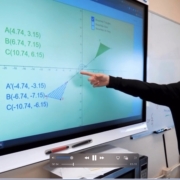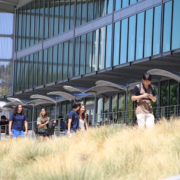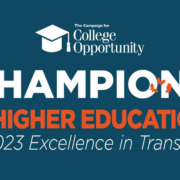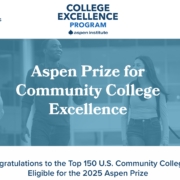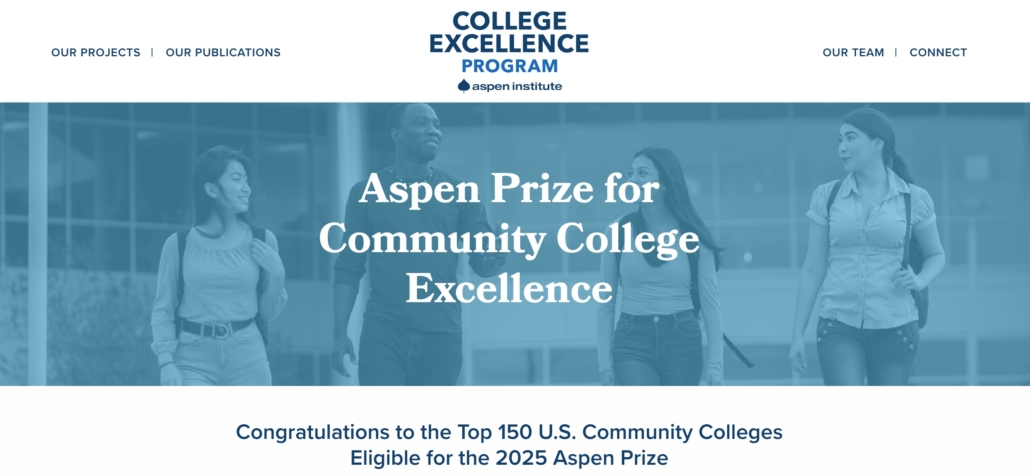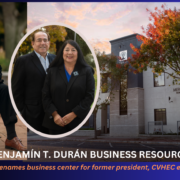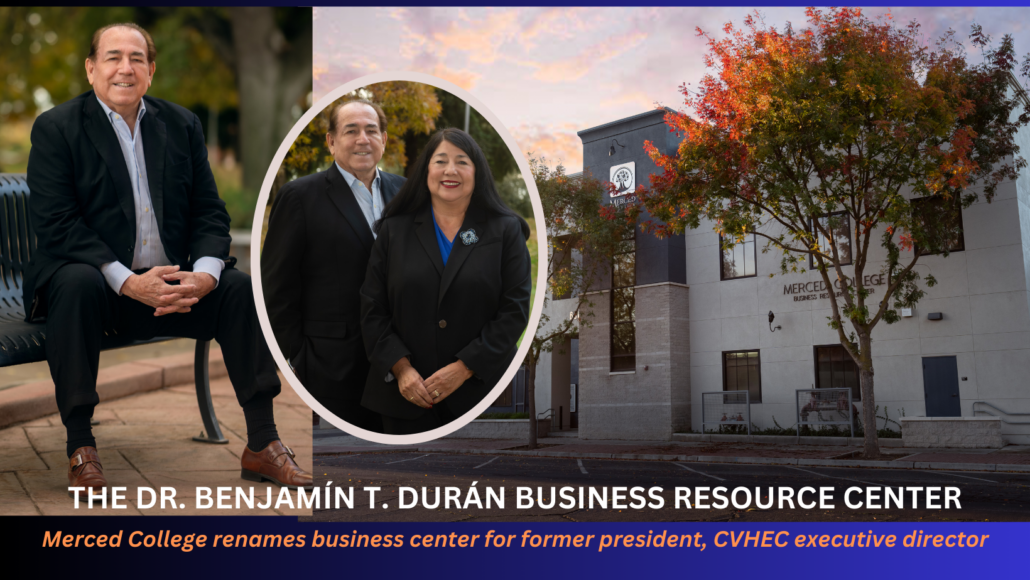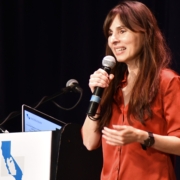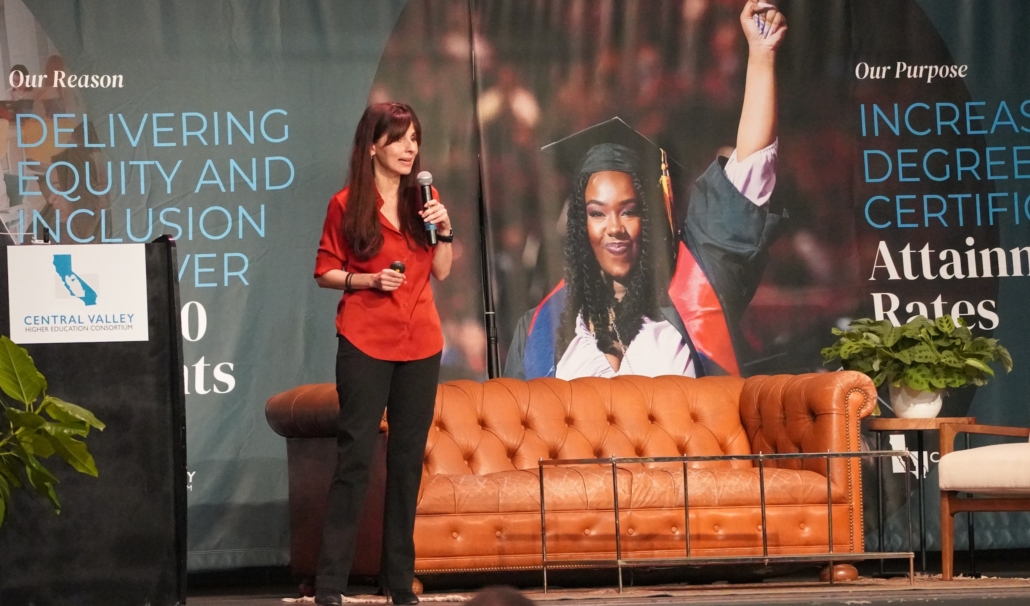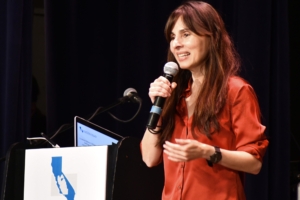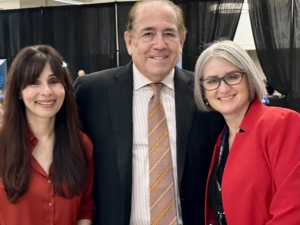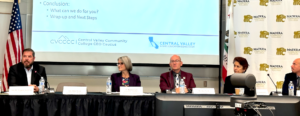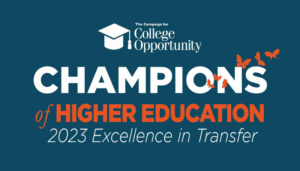
Six CVHEC members among CCO 2023 Champions of Higher Education
The Campaign for College Opportunity celebrated the Champions of Higher Education for Excellence in Transfer last month with six Central Valley Higher Education Consortium members recognized: Bakersfield College (twice), San Joaquin Delta College, Madera College, Clovis Community College, California State University, Fresno and California State University, Stanislaus.
They were among 27 exemplary and committed California Community Colleges and California State University campuses recognized for leading the state in conferring the Associate Degree for Transfer (ADT), enrolling ADT earners on guaranteed pathways to a bachelor’s degree, and intentionally working to support Latinx and Black students on their path to a degree.
The Campaign for College Opportunity celebrated the Champions of Higher Education for Excellence in Transfer Nov. 1 by announcing the honorees during a special Instagram Live celebration prior to an official awards ceremony Nov. 14 via Zoom.
CCO recognized 27 “exemplary and committed California Community Colleges and California State University campuses that are leading the state in conferring the Associate Degree for Transfer (ADT), enrolling ADT earners on guaranteed pathways to a bachelor’s degree, and intentionally working to support Latinx and Black students on their path to a degree.”
Since the passage of SB 1440 (Padilla) in 2010, the California Community Colleges have awarded 488,663 Associate Degrees for Transfer, providing a streamlined pathway between community colleges and the California State University (CSU) system.
The Campaign for College Opportunity championed this historic legislation to create a clearer pathway for community college students to transfer and earn a bachelor’s degree in a more timely and cost-saving manner. Transforming transfer has been more than 10 years in the making, and the 2021 passage of AB 928 (Berman) will continue to accelerate the pace of transfer and degree attainment. The Associate Degree for Transfer pathway is making college dreams a reality for thousands of California students.
READ THE METHODOLOGY
Champions of Higher Education 2023 Recipients
• Total Associate Degrees for Transfer
The following is a ranking of California Community Colleges reflecting the number of students earning Associate Degrees for Transfer (ADTs) in the 2021–22 academic year.
Bakersfield College
East Los Angeles College
Mt. San Antonio College
• Growth in Associate Degrees for Transfer
The following is a ranking of California Community Colleges reflecting the total numeric growth in the number of students earning Associate Degrees for Transfer between the 2020–21 and the 2021–22 academic years.
Mission College
San Joaquin Delta College
Madera College
• Associate Degrees for Transfer as a Percentage of all Associate Degrees
The following is a ranking of California Community Colleges reflecting the percent of total Associate-Degree earners who earned Associate Degrees for Transfer in the 2021–22 academic year.
Evergreen Valley College
Berkeley City College
Citrus College
• Associate Degrees for Transfer Relative to Campus Enrollment
The following is a ranking of California Community Colleges reflecting the number of students earning Associate Degrees for Transfer relative to 50 full-time enrolled students (FTES) in the 2021–22 academic year.
Clovis Community College
Grossmont College
Moorpark College
• California State University Associate Degree for Transfer Implementation
The following is a ranking of CSUs that successfully ensured both that over half of their 2022 undergraduate transfers students were ADT earners, and that of those ADT earners, over half were on a guaranteed pathway.
California State University, Fullerton
California State University, Long Beach
California State University, Los Angeles
California State University, Sacramento
California State University, Stanislaus
Equity Champions of Higher Education
• California Community Colleges Equity Champions for Black Students
These colleges led the way in supporting Black students to earn an ADT with at least 65% of their Black associate-degree earners having earned ADTs, as well as supporting these students to perform as well or better in this metric compared to the rest of the student body.
Evergreen Valley College
Long Beach City College
Citrus College
Berkeley City College
Crafton Hills College
College of the Desert
• California Community Colleges Equity Champions for Latinx Students
These colleges led the way in supporting Latinx students to earn an ADT with at least 65% of their Latinx Associate Degree earners having earned ADTs, as well as supporting these students to perform as well or better in this metric compared to the rest of the student body.
Evergreen Valley College
Citrus College
West Valley College
Bakersfield College
Glendale Community College
College of the Desert
College of San Mateo
• California State University ADT Equity Champions for Black Students
These universities successfully ensured both that over half of their 2022 Black undergraduate transfer students were ADT earners, and that of those ADT earners, over half were on a guaranteed pathway.
California State University, Fresno
California State University, Fullerton
California State University, Long Beach
California State University, Los Angeles
California State University, San Bernardino
California State University, Sacramento
• California State University ADT Equity Champions for Latinx Students
These universities successfully ensured both that over half of their 2022 Latinx undergraduate transfers were ADT earners, and that of those ADT earners, over half were on a guaranteed pathway.
California State University, Fullerton
California State University, Long Beach
California State University, Los Angeles
California State Polytechnic University, Pomona
California State University, Sacramento
Sonoma State University
California State University, Stanislaus
See the CCO Champions of Higher Education 2023 announcement.




